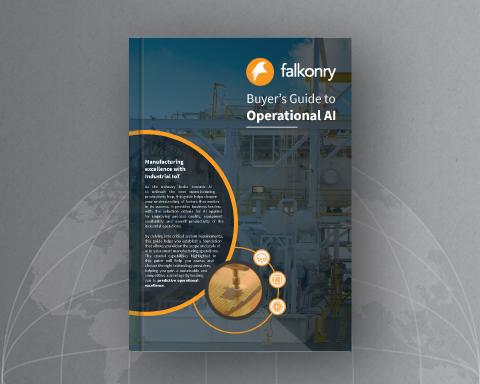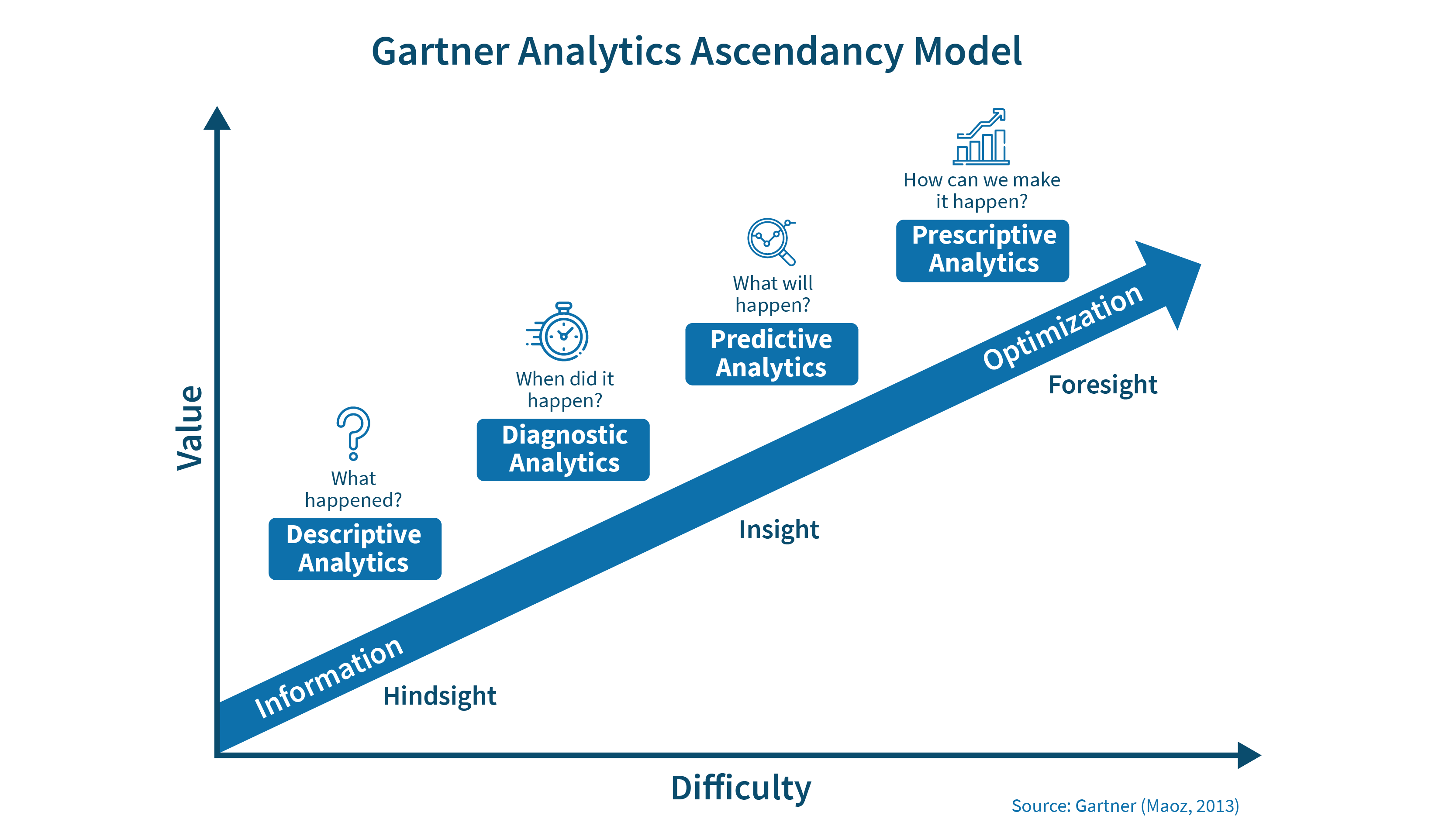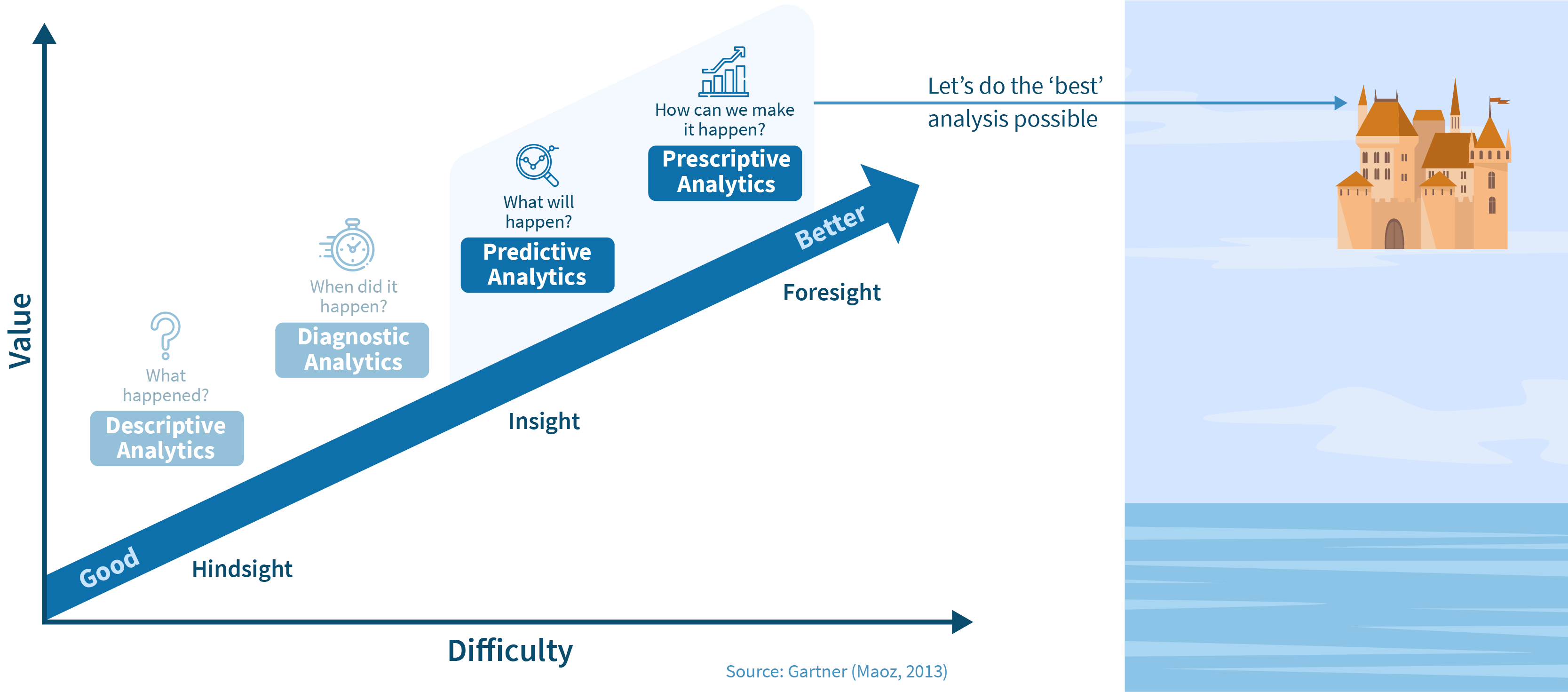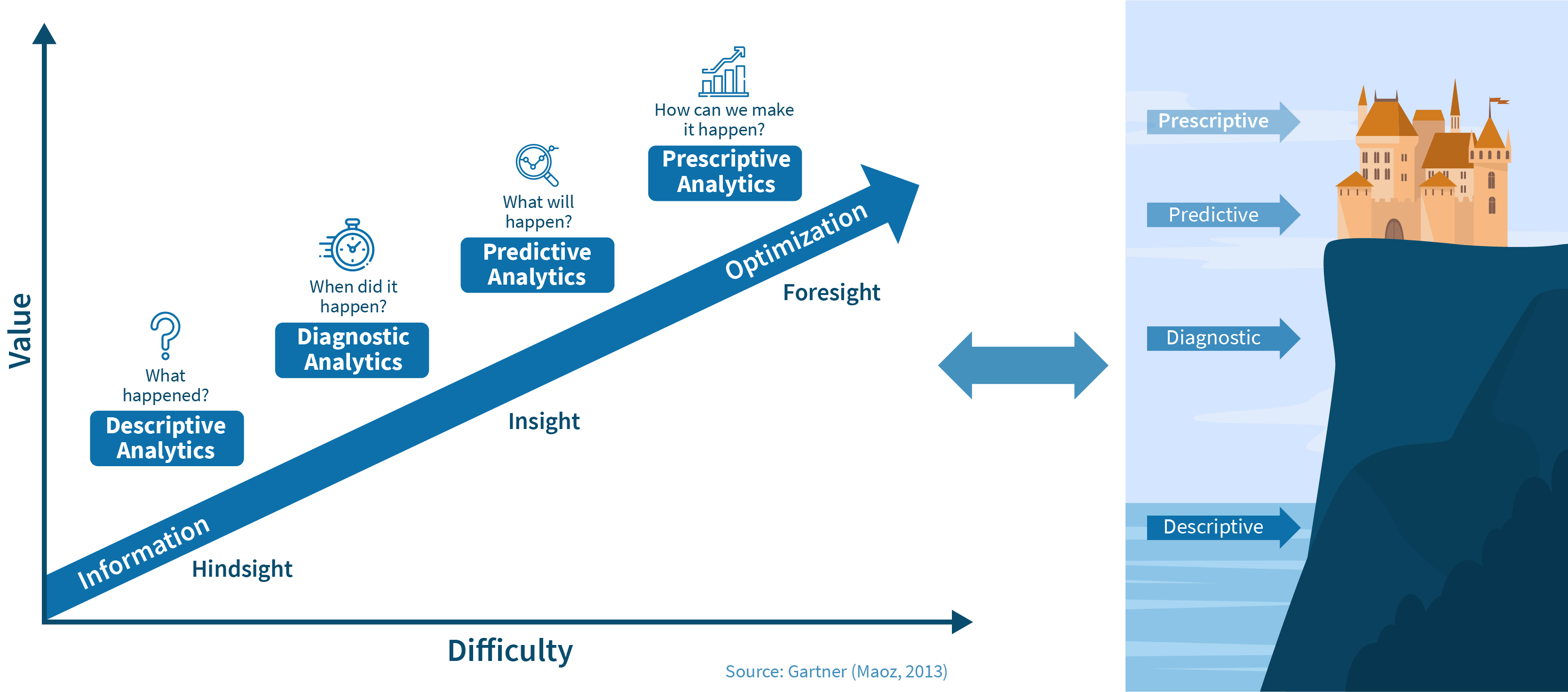Guide to IIoT Analytics
 Download Now
Download Now
Falkonry has given me the opportunity to see a wide range of companies across a variety of industries from mining to metal working to power distribution to pharmaceuticals. It has been interesting to compare and contrast the various practices I have seen, with what I experienced “growing up” in the world of semiconductor manufacturing. I want to talk about one important difference which has helped me better understand the driver behind semi’s ubiquitous FDC (Fault Detection and Classification) systems.
On one level, the reason for FDC systems is straightforward: detect abnormal equipment behavior before it affects production. Preventing problems has a clear, easy to articulate ROI. However, after spending more than a few years building products in and around the FDC space, one thing became pretty clear: FDC systems don’t work all that well at the stated goal. They miss many important failures and they have high false positive rates. Yet no one would build a fab today without an FDC system. What is going on?
I used to take this apparent contradiction for granted. However, after seeing how companies outside of semi look at the equipment maintenance and process monitoring problem, something subtle yet important stood out: Predicting specific problems is easier to justify in terms of ROI but being able to explain what happened, regardless of whether it was predicted or not, is just as important. That is, even if a seal failure occurred without a predictive warning, understanding what that failure event looked like in order to help determine why it happened is still necessary. It’s in this second area that FDC and, more critically, the culture which has made FDC a given, really shines.
You have probably seen a version of this analytic maturity model somewhere before.

It is easy to view this as a set of targets with the implication being that the higher you aim, the better off you’ll be. Of course it is better to be able to predict when a failure will occur. Of course it is better to have analytics systems tell me what should be done to prevent that failure or to minimize the cost of that failure. Of course I should start my digital transformation journey with the goal of achieving predictive and prescriptive analytics. Therefore, my product evaluations will hinge on the ability to predict conditions and on the ability to avoid failures related to those predicted conditions. The ROI here is high and easy to quantify. Show this and we’re done. QED.
But that’s like building “castles in the sky.” Yes, that is where they should be but they also need a foundation, both technical and cultural, on which to stand. I believe that this is what FDC is really about in semi. FDC systems are the foundation on which fabs build to do better and better analytics. When something happens in the fab, it is expected that the next question will be: did FDC catch it? Even if it didn’t, the data collected in the FDC system provides valuable information for the equipment and process engineers to understand what happened (descriptive) and why it happened (diagnostic). The FDC system also serves as the platform on which further models can be built to try to avoid that problem happening again (prediction). Does it always succeed in that predictive task? No. But without the foundation of the FDC (or a similar) system and the mindset behind it, there is no chance that it could succeed.

This is, I think, where many of the analytics POCs go a little sideways – throw the baby out with the bathwater as-it-were. If you don’t have a good technical and cultural system for using descriptive and diagnostic analysis and are looking only at prediction, there is a significant amount of potential value being ignored. It’s worth asking: what is the best way to address the foundations as well as the castle I want to build?

Falkonry’s time series AI platform is built to provide this foundation in addition to its predictive capabilities. It provides a light-weight, easy to implement solution for viewing and contextualizing data over time, across equipment and across events of interest. It provides explanatory capabilities to understand which signals were most involved in any particular event. On top of this, it provides pattern detection capabilities which identify, classify and predict important events occurring in the system. While it may be this last capability for which it is easiest to calculate an ROI, take it from an industry that has been doing this for decades (semi): Developing the instrumentation, the software toolset, and a culture which serves as a strong foundation for prediction is critically important. Semi’s experience may not be universal but there are lessons there for all industries. Don’t overlook these lessons when deciding what success looks like in your digital transformation. To learn more and discuss how this might apply to your operations, contact us.